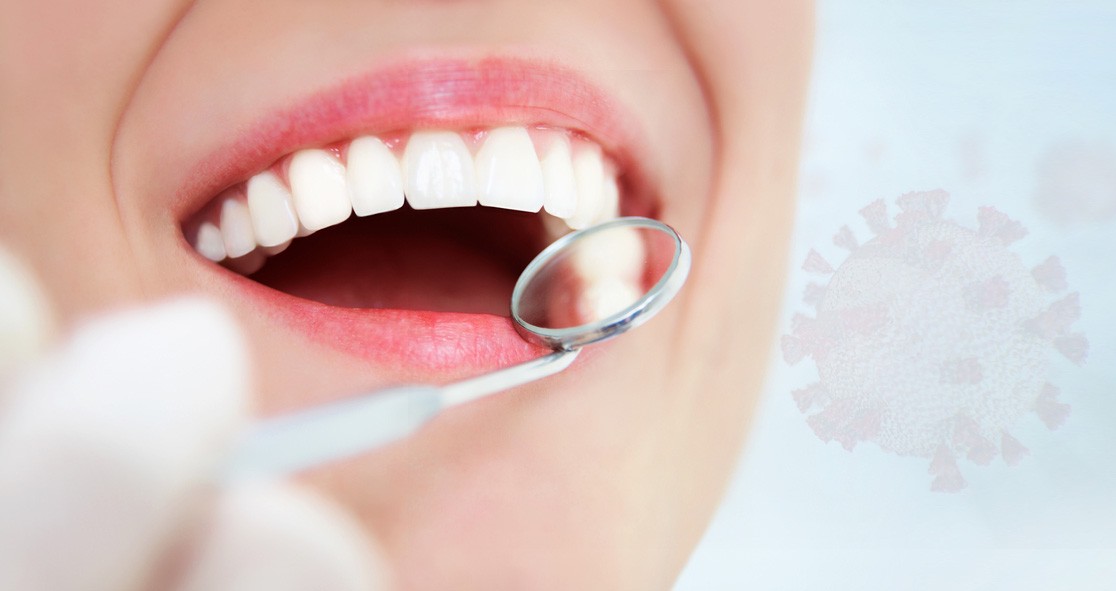A new study, published last week in the preprint server medRxiv, has shown that the novel coronavirus (SARS-CoV-2) can infect cells in the mouth, indicating that the virus spreads both in the body and to other people.
Researchers wanted to know which mouth tissues are more vulnerable to the virus. So, they examined the generic material called RNA of different cells in the mouth.
They found that, compared to other tissues of the mouth, the cells of the salivary glands, tongue, and tonsils have the most “RNA linked to proteins that the coronavirus needs to infect cells,” according to Live Science.
Upon examining the saliva sample of COVID-19 patients, the team found the infected cells floating in the samples. They also found patients who had more virus in the cells of the mouth experienced loss of taste or smell, which is one of the characteristic symptoms of COVID-19.
Study author Dr. Kevin Byrd told Live Science in an email, “Our study shows that the mouth is a route of infection as well as an incubator for the SARS-CoV-2 virus that causes COVID-19.”
“Theoretically, SARS-CoV-2 infection in the mouth could cause changes in saliva production or quality, contributing to symptoms of taste loss,” he added.
Dr. Alessandro Villa of UCSF, who was not involved in the study, said, “Seeing the presence of the virus within the salivary glands, I think that’s the novelty. That’s what’s interesting to me as a clinician.”
Having said that, Dr. Villa explained that the study was conducted on very few people. He said, “The numbers are small, for sure, so it will be interesting to see what happens if you look at more patients and more tissues.”
The study does make a convincing case that the new coronavirus infects cells in the mouth, but some questions remain unanswered.
For instance, the study did not show how much virus particles found in saliva come from infected mouth cells. It could be a possibility that some virus originates from the nose or the lungs, according to Dr. Byrd.
“However, we found these underappreciated but widely distributed salivary glands can make their own virus after infection,” he noted. “We hypothesize this is the primary source of virus in saliva.”
The article originally appeared on Live Science.





















